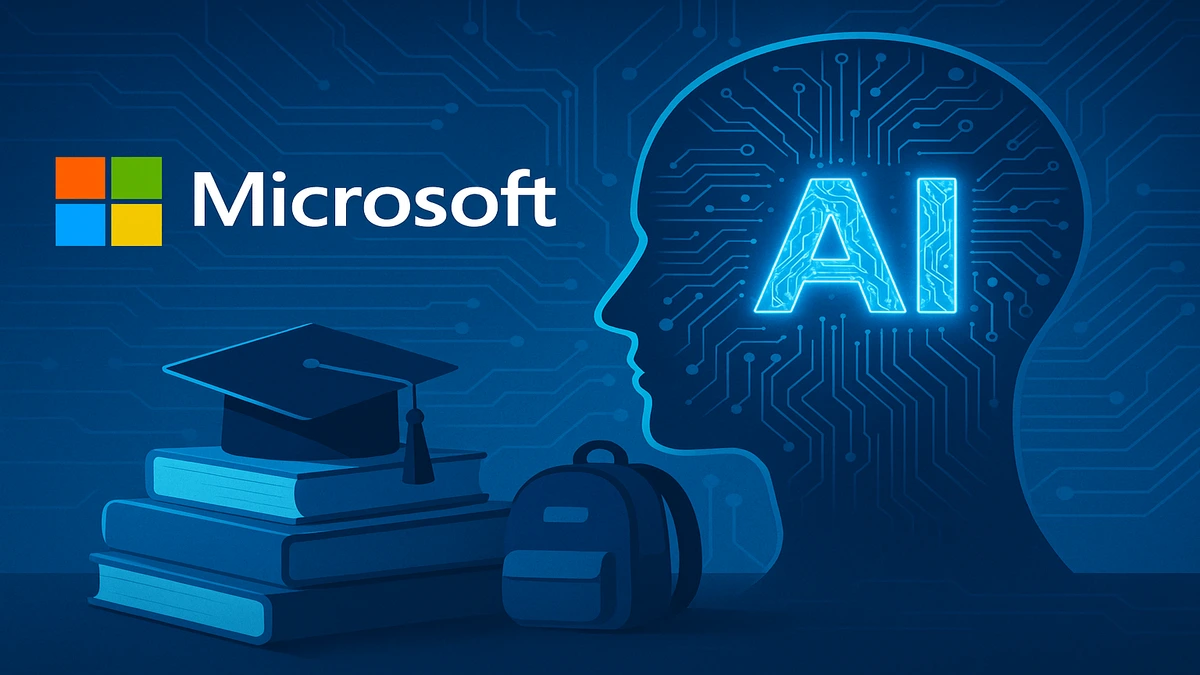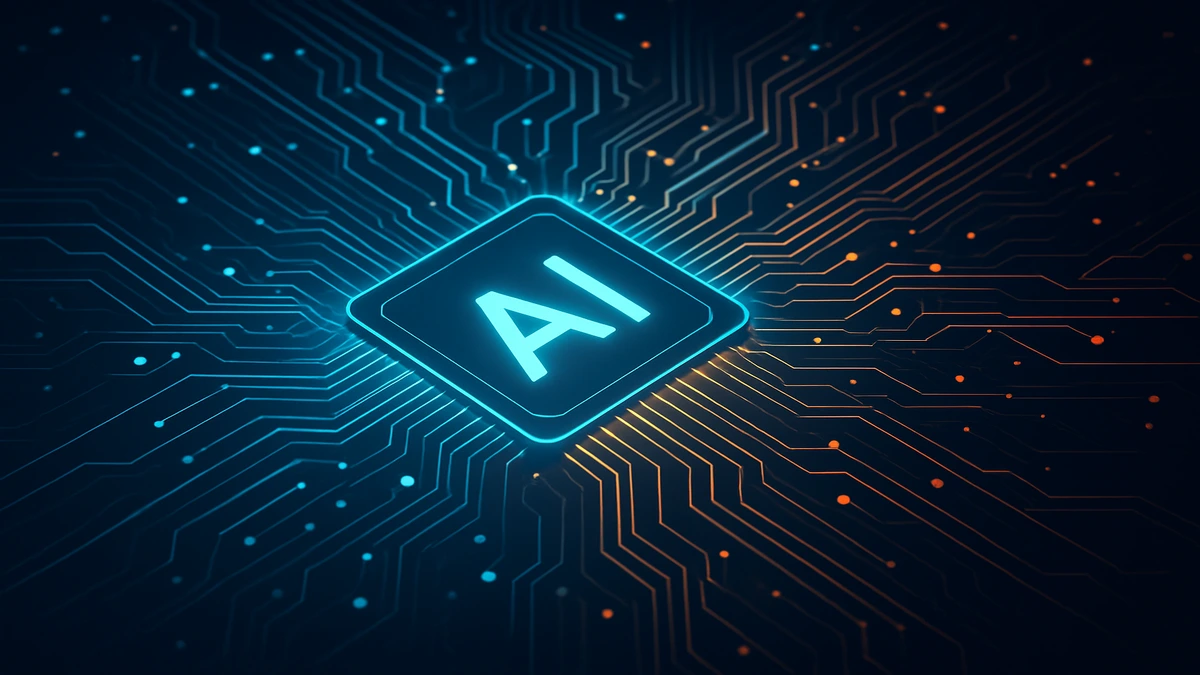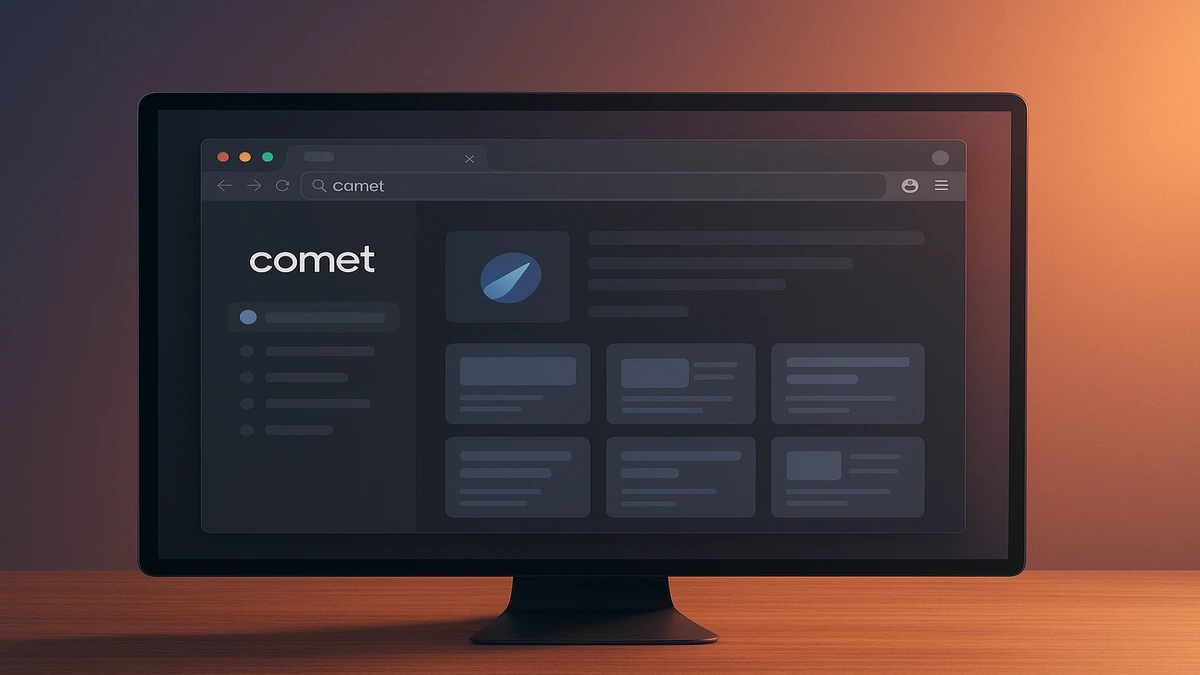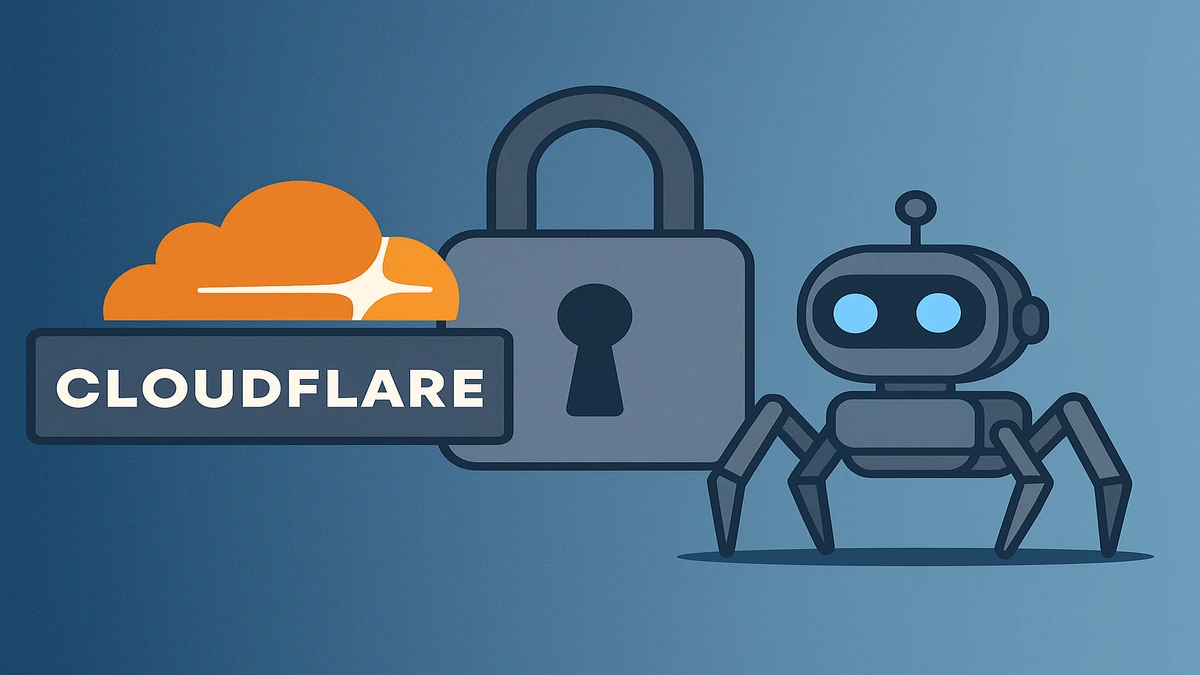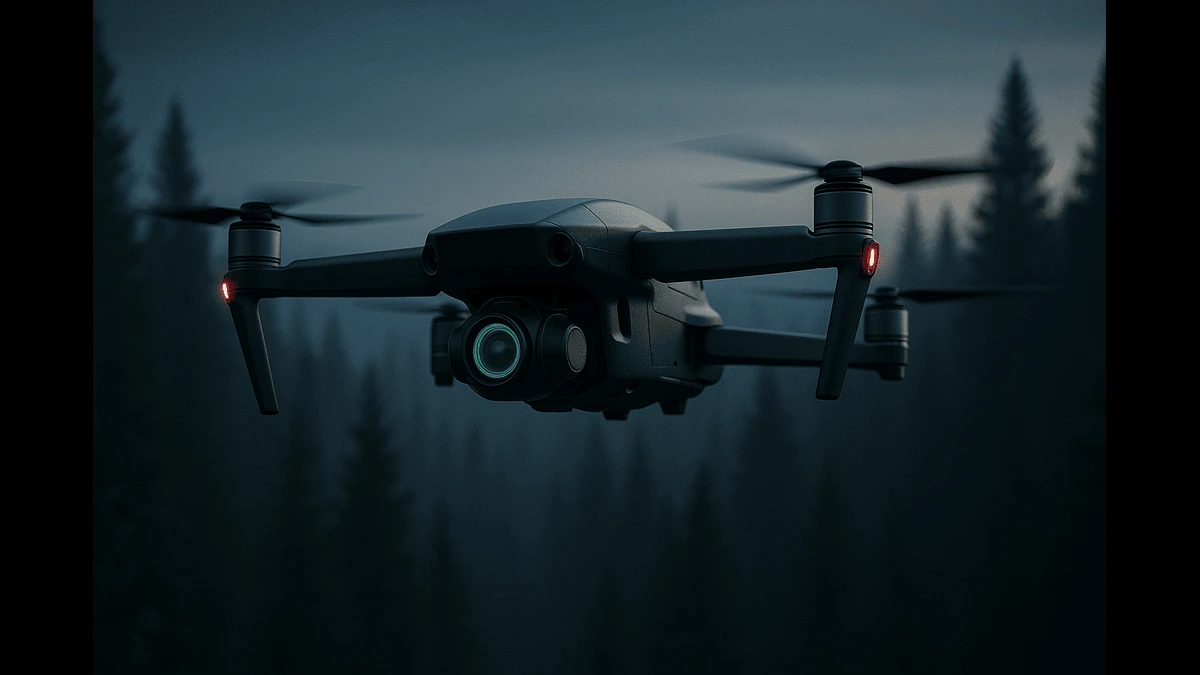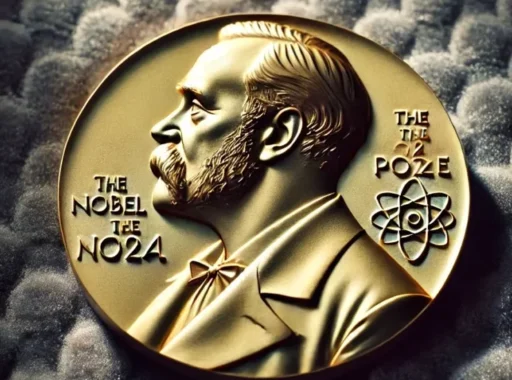
The Royal Swedish Academy of Sciences has decided to award the Nobel Prize in Physics 2024 to John J Hopfield and Geoffrey E Hinton. for their contribution to ” discovering foundational discoveries and inventions that enable machine learning with artificial neural networks”.
Both John Hopfield and Geoffrey Hinton used tools from physics to devise methods that laid the foundation for machine learning and artificial intelligence. An artificial neural network plays a fundamental role in machine learning and AI. It recognizes patterns in immense datasets. Machine learning and artificial intelligence lately touch upon all aspects of human life.
John Hopfield created a structure/ associative memory that stores and reconstructs images. He invented a network that uses a method for saving and recreating patterns. The Hopfield network is based on the principles of physics that describe a material’s characteristics due to its atomic spin, the property due to which each atom behaves as a tiny magnet. In an Image, each node is a pixel that holds a value. The network as a whole mimics the concept of energy in the spin system and is trained by finding values for the connections between the nodes, it adjusts the connection values so that energy is minimized for specific patterns or images until it resembles that of the original image.
Geoffrey Hinton used a new method, the Boltzmann machine, to recognize the properties in data and identify characteristic elements in the dataset. He further expanded the Hopfield network by utilizing the concept of statistical physics, making it more effective in recognizing patterns and understanding complex data. It learns patterns by adjusting its node connections using probabilities, when fed with different example patterns, the network learns to associate different states of its nodes with specific patterns. The Boltzmann machine can be used to classify images or create examples of the type of patterns on which it was trained.
Ellen Moons, Chairman of the Nobel Committee for Physics, asserted that “we have already benefited from the work of these laureates in physics, we use artificial neural networks in a vast range of areas, such as developing new materials with specific properties”.
Prize money of 11 million Swedish kronor is to be shared equally between both the laureates.

